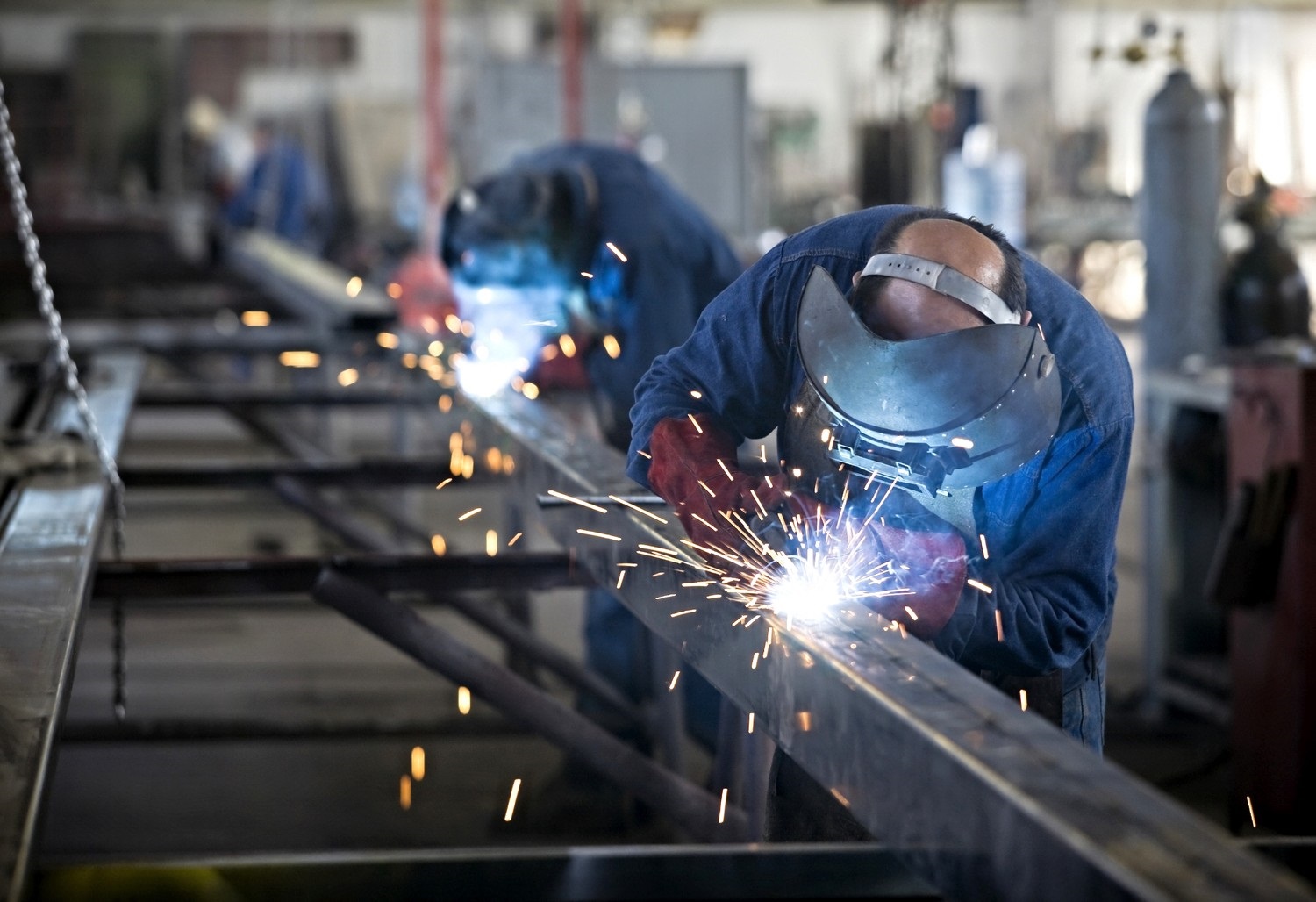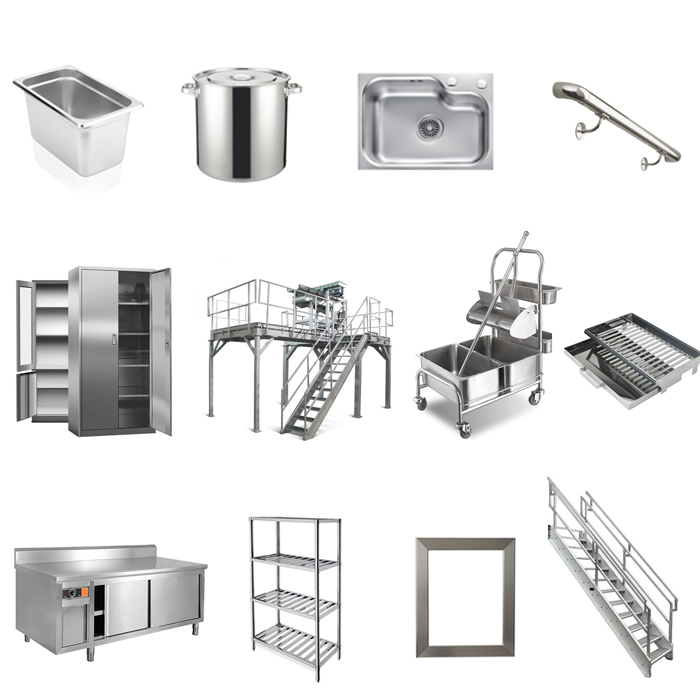Reputable Steel Fixing Services: Making Certain Structural Stability
Reputable Steel Fixing Services: Making Certain Structural Stability
Blog Article
Comprehensive Analysis of Cutting-Edge Techniques in Steel Construction Sector
As the steel fabrication market proceeds to progress, the combination of innovative techniques has become essential for staying affordable and satisfying the needs of modern-day production standards. In this vibrant sector where innovation plays a critical role, recognizing the subtleties of these advanced methods is not simply an option but a requirement for those looking to forge in advance in the ever-evolving globe of steel fabrication.
Laser Reducing Improvements
In the world of steel fabrication, laser cutting developments have actually reinvented the accuracy and effectiveness of steel shaping processes. By utilizing the power of concentrated laser beam of lights, suppliers can now attain unrivaled levels of precision when cutting with various types of steels. This technology makes it possible for detailed layouts to be carried out with very little product waste, making it an affordable option for industries calling for high precision components.
One of the key advantages of laser cutting is its ability to take care of a variety of products, consisting of stainless steel, light weight aluminum, and carbon steel, easily. The procedure generates tidy, burr-free sides, removing the demand for additional completing actions. The non-contact nature of laser cutting reduces the danger of product contamination, resulting in greater high quality end products.
Furthermore, laser cutting devices can be set to make swift, precise cuts, dramatically reducing production time compared to traditional cutting approaches. This rate and precision make laser cutting especially suitable for mass manufacturing atmospheres where efficiency is critical. As technology remains to development, laser cutting is positioned to play an increasingly essential duty in the steel construction industry.

CNC Machining Innovations
The advancement of CNC machining technologies has actually ushered in a brand-new period of precision and effectiveness in the steel construction sector. Computer Numerical Control (CNC) devices have actually changed steel manufacture by supplying unrivaled accuracy and repeatability in the manufacturing procedure. steel fixing. Among the crucial innovations in CNC machining is the combination of advanced software systems that enable real-time monitoring and changes, causing improved productivity and quality assurance
In addition, the development of multi-axis CNC makers has actually permitted for the construction of intricate steel components with detailed designs that were previously challenging to create. These makers can execute a variety of machining operations, including milling, exploration, transforming, and grinding, all with high levels of precision.
Furthermore, the consolidation of automation and robotics in CNC machining has structured production procedures, reduced preparations, and decreased the margin of error. This integration of innovative modern technologies not just enhances efficiency but also ensures consistent high quality across all produced steel components. Finally, CNC machining technologies remain to drive advancements in the steel fabrication industry, setting brand-new standards for precision and performance.
Automated Welding Technologies
Automated welding modern technologies have actually transformed the steel construction sector, boosting effectiveness and accuracy in the welding process. These sophisticated technologies use computer-controlled systems to automate the welding procedure, leading to higher performance levels and enhanced weld top quality. One of the essential advantages of automated welding is the ability to do complicated welds with consistent accuracy, decreasing the likelihood of mistakes and rework.
Robot welding systems go to the center of automated welding modern technologies, offering unrivaled speed and accuracy. These systems can manage a broad range of welding jobs, from straightforward to detailed, with ease (steel fixing). By using sophisticated sensing units and software application, robot welders can adjust to variations in product and joint geometry, ensuring an attire and reliable weld
Moreover, automated welding innovations enhance workplace security by lessening the direct exposure of human welders to hazardous fumes and extreme warmth. As the steel fabrication sector remains to advance, integrating automated welding modern technologies will certainly be vital for business seeking to remain competitive and satisfy the growing demands for top notch bonded items.
Robotics Integration in Construction
Utilizing robot systems in manufacture processes has come to be an essential method for enhancing efficiency and accuracy in modern production atmospheres. Robotics assimilation in steel manufacture uses a myriad of advantages, including increased productivity, improved quality assurance, and enhanced precaution. These advanced robotic systems are equipped with innovative sensors and programs capabilities, enabling them to perform elaborate jobs with a high degree of accuracy and repeatability.
Among the key advantages of robotics combination in steel construction is the ability to automate recurring tasks, such as material handling, cutting, welding, and assembly processes. This not just quickens manufacturing cycles however additionally minimizes the danger of human mistake, resulting in greater total product quality. Additionally, robotics can run 24/7, dramatically enhancing manufacturing outcome and meeting tight task deadlines.

3D Printing in Steel Manufacturing
Having revolutionized the steel manufacture market via robotics combination, the burgeoning exploration of 3D printing in steel production is positioned to more advance the world of modern production methods. 3D printing, additionally referred to as additive manufacturing, supplies unmatched design freedom and complexity, enabling the creation of complex steel structures that were previously unattainable via conventional manufacturing methods. By utilizing computer-aided style (CAD) software application, makers can exactly control the layer-by-layer deposition of steel product, leading to parts with enhanced functionalities and geometries.
Among the essential benefits of 3D printing in steel manufacturing is its capacity to minimize product waste significantly. Unlike subtractive production procedures where excess read product is trimmed away, 3D printing only uses the essential quantity of steel needed for the last part. This effectiveness not just causes set you back savings however likewise aligns with sustainable manufacturing methods by decreasing ecological impact.
Moreover, 3D printing enables quick prototyping and personalization, enabling the production of little sets of complex steel components with brief preparations. As the anonymous technology remains to develop and become a lot more accessible, its assimilation right into mainstream steel fabrication processes is anticipated to drive advancement and efficiency across the sector.
Final Thought
In verdict, the steel fabrication industry has actually seen substantial developments in methods such as laser cutting, CNC machining, automated welding, robotics integration, and 3D printing. These innovative modern technologies have revolutionized the means steel products are produced, resulting in increased performance, accuracy, and cost-effectiveness. Proceeded investment in these ingenious methods is important for the industry to remain affordable and satisfy the needs of contemporary production processes.
As the steel fabrication market continues to develop, the assimilation of sophisticated strategies has become important for staying affordable and meeting the needs of modern-day production requirements.One of the vital advantages of laser cutting is its ability to take care of a wide range of products, consisting of stainless steel, light weight aluminum, and carbon steel, with simplicity.Automated welding technologies have reinvented the steel construction sector, enhancing effectiveness and precision in the welding process.Having actually changed the steel fabrication market with robotics assimilation, the burgeoning visit site expedition of 3D printing in steel production is poised to additional advancement the realm of modern production methods.In final thought, the steel fabrication market has actually seen significant advancements in methods such as laser cutting, CNC machining, automated welding, robotics integration, and 3D printing.
Report this page